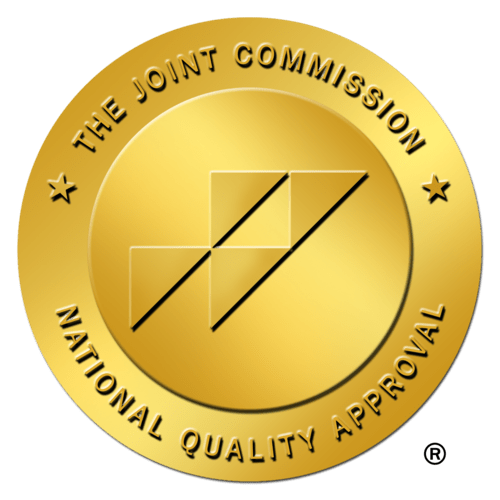
In the healthcare field, ensuring patients' well-being is paramount. The Braden Scale Assessment is a pivotal tool used to evaluate a patient's risk of developing pressure ulcers. This breakdown explores the assessment’s importance, scoring, understanding, and use in healthcare settings.
What is the Braden Scale?
The Braden Scale, named after Barbara Braden and Nancy Bergstrom, is a validated tool designed to assess a patient's risk of developing pressure ulcers. It comprises six subscales: sensory perception, moisture, activity, mobility, nutrition, and friction/shear. Each subscale is rated on a scale from 1 to 4 or 1 to 3, with a lower score indicating a higher risk of developing pressure ulcers.
Understanding the assessment
The assessment involves scoring each subscale and summing up the scores to determine an overall risk level. Healthcare professionals conduct the assessment upon a patient's admission and regularly throughout their stay, allowing for proactive measures to mitigate pressure ulcer risks.
Importance of Braden Scale Assessment
Preventing pressure ulcers
Pressure ulcers, commonly known as bedsores, can be debilitating for patients, leading to prolonged hospital stays and increased healthcare costs. The Braden Scale's proactive approach enables healthcare professionals to identify high-risk patients and implement preventive measures promptly.
Individualized care plans
By evaluating various risk factors, the Braden Scale facilitates the creation of personalized care plans. Tailored interventions can be implemented based on the patient's specific needs, thereby reducing the occurrence of pressure ulcers.
Deciphering the numbers
The Braden scoring scale
Each subscale in the assessment carries a certain weight in evaluating the overall risk. Understanding the significance of each subscale score is crucial in interpreting the total score accurately.
- Sensory Perception: Evaluates the patient's ability to detect discomfort or pain. A score of 1 indicates severe impairment.
- Moisture: Considers the degree of moisture on the patient's skin. Higher scores suggest increased moisture levels, elevating the risk of skin breakdown.
- Activity: Assesses the patient's mobility level and physical activity. Lower scores signify limited mobility.
- Mobility: Focuses on the patient's ability to change and control body positions. Lower scores indicate decreased mobility.
- Nutrition: Determines the patient's nutritional status. A lower score indicates poor nutritional intake.
- Friction/Shear: Considers the impact of friction and shear forces on the skin. Higher scores suggest increased susceptibility to skin damage.
Interpreting Braden Scale scores
A total Braden Scale score ranges from 6 to 23, with lower scores indicating higher susceptibility to pressure ulcers. Healthcare professionals interpret the Braden Scale ranges as follows:
- 18 or higher: Low risk
- 15-17: Moderate risk
- 13-14: High risk
- 12 or lower: Very high risk
Training and education
Training and education form the backbone of proficient Braden Scale utilization among healthcare professionals. Continuous workshops and educational sessions offer a deeper comprehension of the scale's intricacies, ensuring accurate assessment and result interpretation. These initiatives delve into nuanced aspects, such as differentiating between varying patient conditions and understanding how individual factors influence scoring.
Implementing the Braden Scale, utilizing resources like Braden Scale charts, and continuing education all contribute to a comprehensive approach in safeguarding patients' skin integrity and overall well-being.
Empowering care through the Braden Scale assessment
The Braden Scale Assessment stands as a pivotal tool in preventing pressure injuries and tailoring care plans for patients. Understanding its nuances, scoring methodology, and practical application empowers healthcare professionals to mitigate pressure ulcer risks effectively. Through regular assessments and collaborative efforts, healthcare teams can proactively address patients' needs, ensuring optimal care and minimizing the incidence of pressure ulcers.
Remember, the Braden Scale is a dynamic tool that requires continual assessment and adaptation to suit individual patient needs, ensuring proactive and personalized care strategies.





